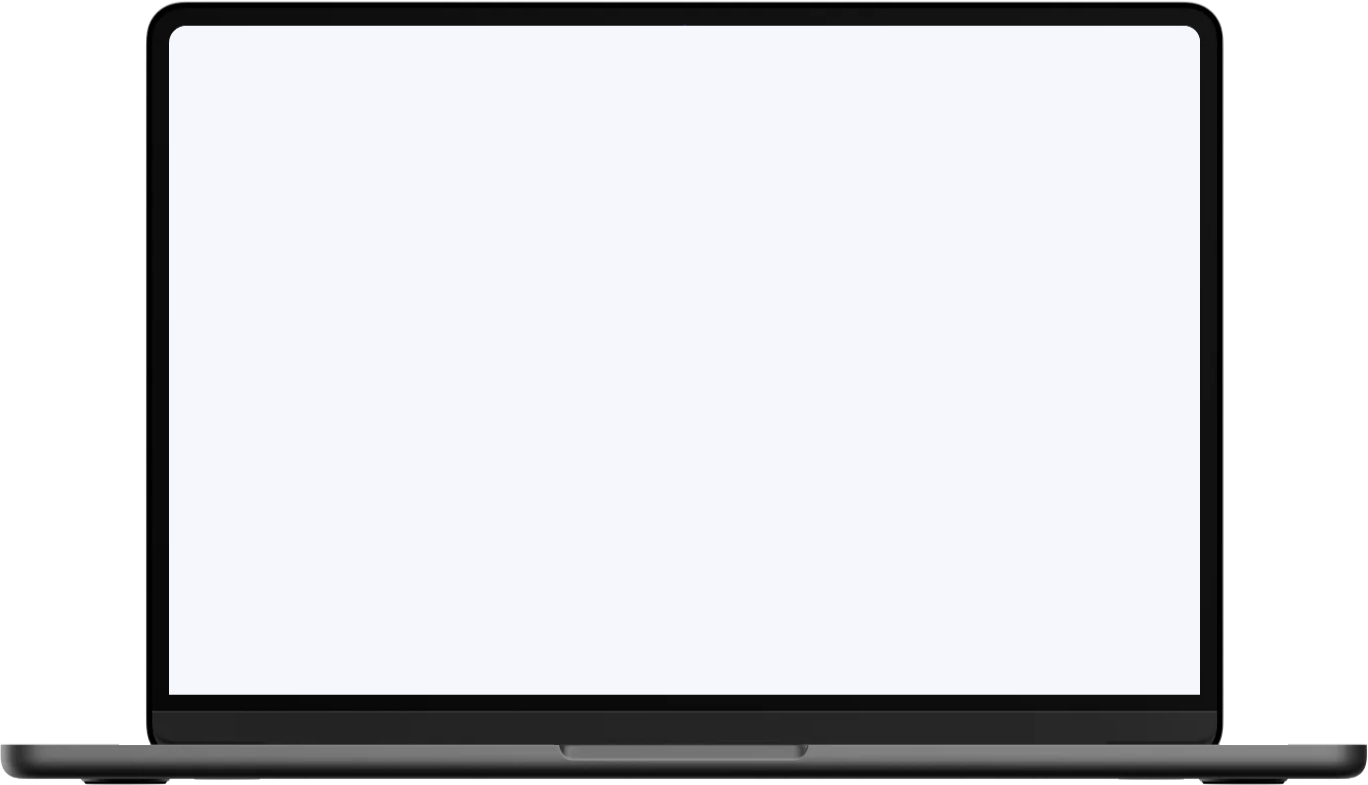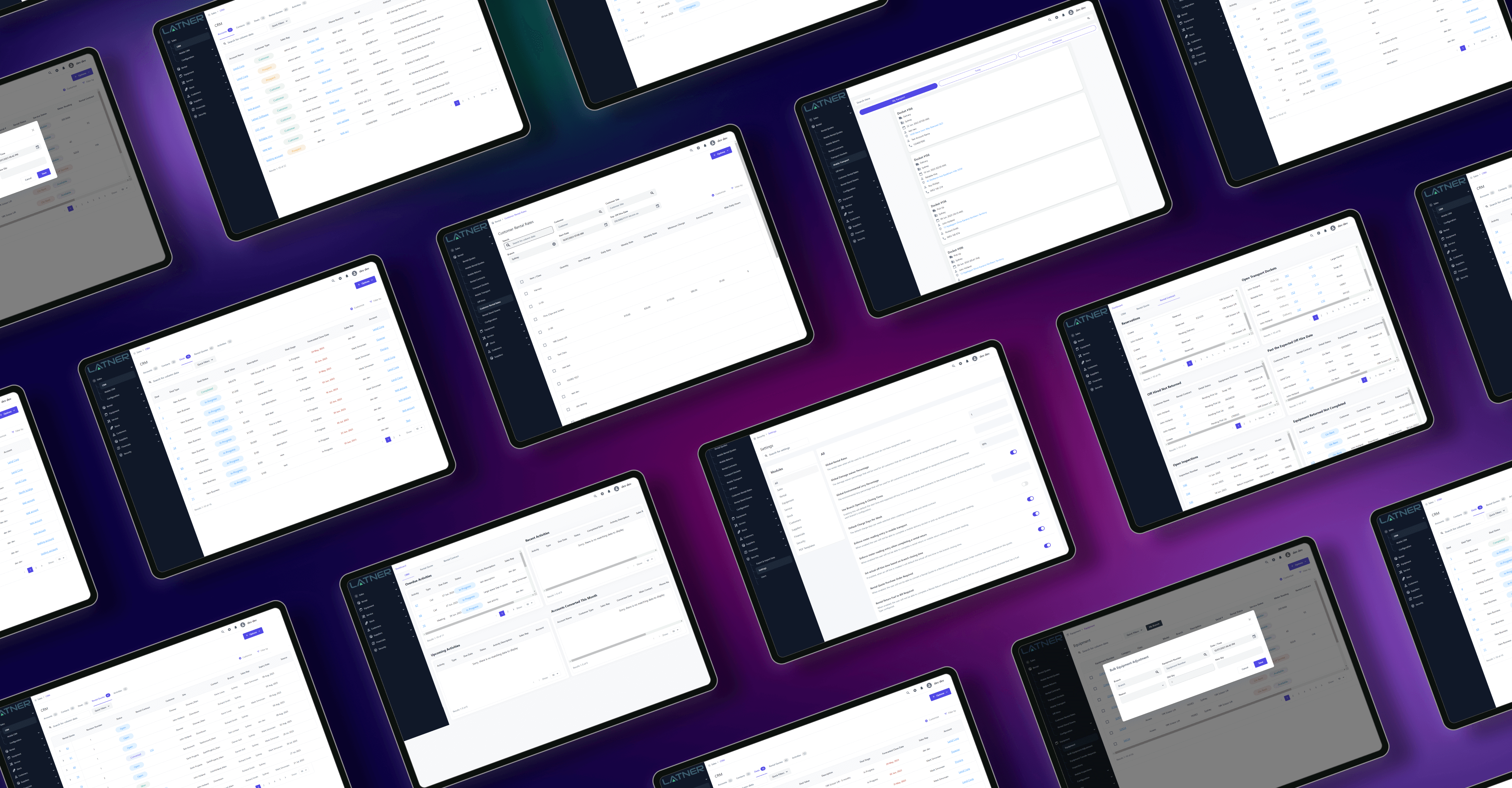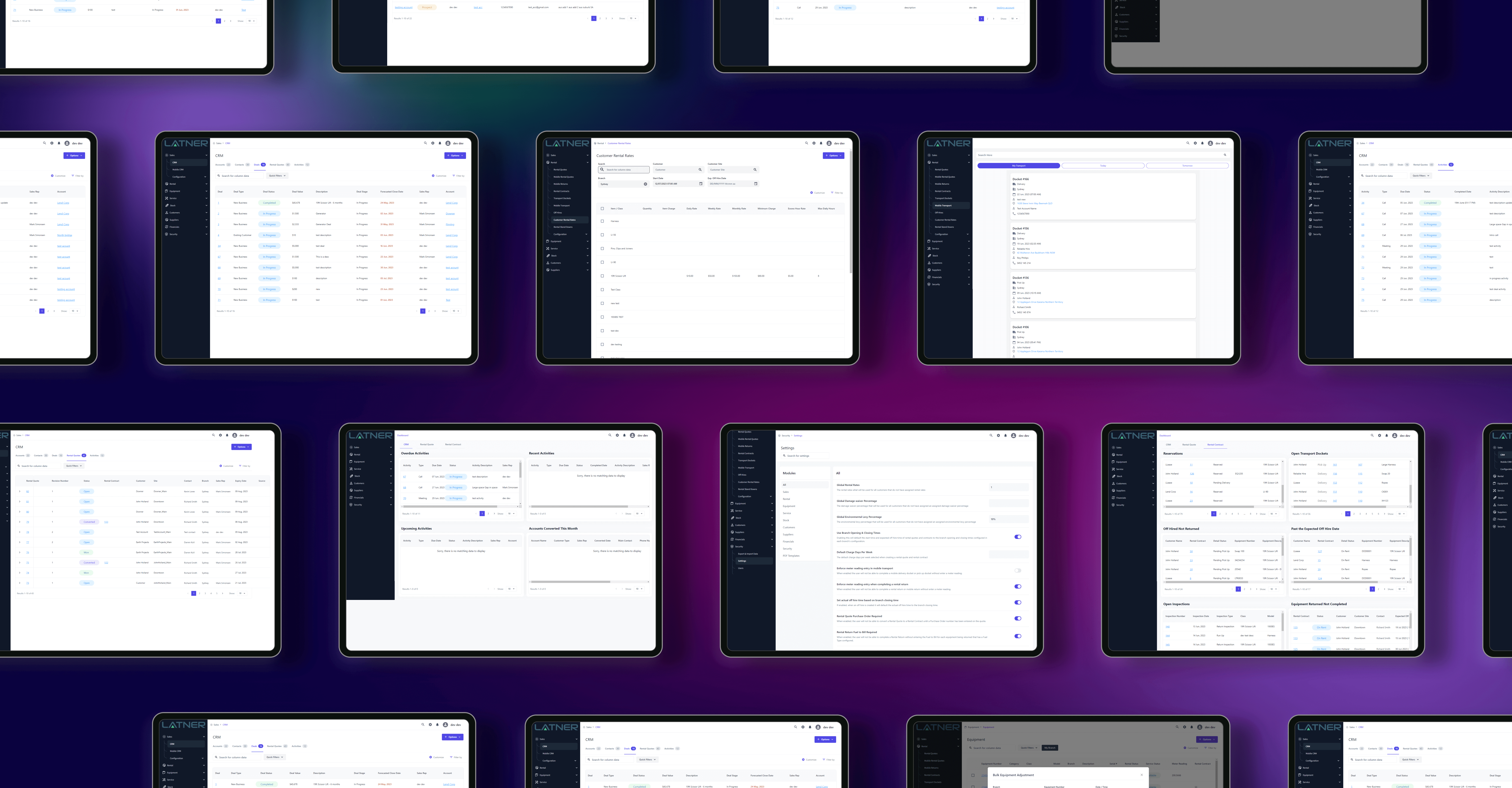Latner is a comprehensive inventory management system for mobile and web users that allows users to effectively manage their inventory stores. This system has features such as stock management, purchase order management, and invoice management that permit its users to track their inventory levels properly hence making sure that necessary supplies are available to meet demand.
Latner applies a policy of demand and supply, helping users identify what goods they need in stock & place new orders for stock. This helps businesses to have the right products at the right time for customers, and also minimize any wastages incurred while also keeping their inventory at an optimal level.
One of the most outstanding features of Latner is how dependable and safe it is. Latner’s dependability and bug-free operation are backed up by rigorous testing. Moreover, strong security measures have been integrated into the system to safeguard sensitive inventory and financial data.
In summary, Latner is a flexible and efficient stock control system to help businesses keep track of their stocks, handle purchase orders and invoices as well as optimize their supply chain, reliable, secure, and thoroughly tested for meeting user requirements.
Creating equipment, serialized equipment, and equipment categories including exporting equipment categories and managing equipment are among the things that the users are most familiar with. Users can create and manage accounts and search for accounts, while others can create and search for deals, and create and search for activities. The financial management tasks are also done by the users including creating companies, branches, warehouses, and sales tax configurations. Furthermore, operational workflows such as accounts, deals, activities, and equipment are also distinctive customization features available in the system.














